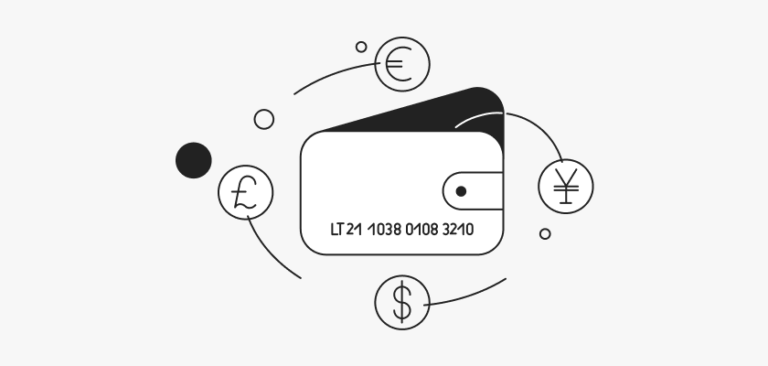The purpose of KYC is to prevent banks or financial institutions from being exploited by criminal elements for money laundering. Related procedures also allow them to better understand their clients and their financial transactions.
KYC as an anti-fraud measure
KYC, or Know Your Customer, is a process during which you verify the identities of your customers and assess their suitability, as well as the potential risk of illegal intentions towards the business relationship between you. The term is also used to refer to banking and anti-money laundering laws that regulate these activities. KYC processes are also used by companies of all shapes and sizes to ensure that prospective customers, agents, consultants or distributors have proper attitude towards fraud and bribes. Detailed due diligence information is something banks, insurers, export creditors and other financial institutions are increasingly demanding.
Money laundering
With the advent of the digital age and the spread of peer-to-peer services, mobile banking and various types of cryptocurrencies, the methods of laundering money from criminal activities have changed. Illegal funds are sent to online brokers specialized in this field, who carry them through various legal financial ecosystems and then use them in further criminal or terrorist activities. Money laundries use the largest e-commerce platforms due to their biggest advantages: online payment systems, the ease of use and global reach.
Real-life examples
Not so long ago it was revealed that in order to launder funds, criminals and their partners used fake bookings through Airbnb. The perpetrators used stolen credit cards to book rooms through this platform and pay for their “stay” online, turning illegal income into documented earnings. A similar system has recently been discovered that illegal income using fraudulent transactions in Uber is laundered. A similar method has been discovered recently and it involves laundering illegal income via Uber through fraudulent transactions. Here brokers use stolen credit cards to book “spectre courses” using cars registered as partners. The ease with which these services can be exploited, coupled with the simultaneous difficulty of detecting such a practice, makes these methods rapidly become popular.
Simplicity creates opportunities
Money laundering through online platforms is attractive because it’s simple, fast and cheap, and has global range. By using this method, you don’t need to create a fake company or identity, and you don’t need to keep up appearances of legality. For this reason, this phenomenon is rapidly growing in scale. It is estimated that global retail trade in e-commerce will increase by 2.2 billion dollars a year, providing criminals with greater opportunities to hide illegal transactions among a vast number of authentic ones. In addition, the increase in the number of cryptocurrencies and the development of alternative payment platforms raises legitimate concerns that “legalizing dirty income” will be even more difficult to track down.
KYC Standards
The purpose of KYC is to prevent banks or financial institutions from being exploited by criminal elements for money laundering. Related procedures also allow them to better understand their clients and their financial transactions. This helps them manage the risks properly. Today, not only banks, but also various Internet companies can implement KYC procedures. Their policies are usually based on the following key elements:
• Customer acceptance policy
• Customer identification procedures
• Transaction monitoring
• Risk management
KYC complexity
Although the KYC program ensures the safety of both parties, such procedures also carry some risks. For example, this delays the onboarding process for customers since they need to ensure they are compliant with the requirements and provide additional information. The latter might prove troublesome, since some of the customers might oppose that, even though they have nothing to hide. Sometimes account owners might repeatedly receive requests for the same information over and over again, but for different departments in the exact same institution. All this causes financial institutions to lose customers. In addition, KYC program’s cost are very high – sometimes too high for some of the institutions or companies.
The development of IT solutions to support KYC, AML and compliance processes is moving towards their further digitalization. As far as onboarding is concerned, we are talking solutions such as AI-based face and emotion recognition or searching the Web for negative press. These new tools are to make KYC procedures more cost-effective, accurate and customer-friendly.



